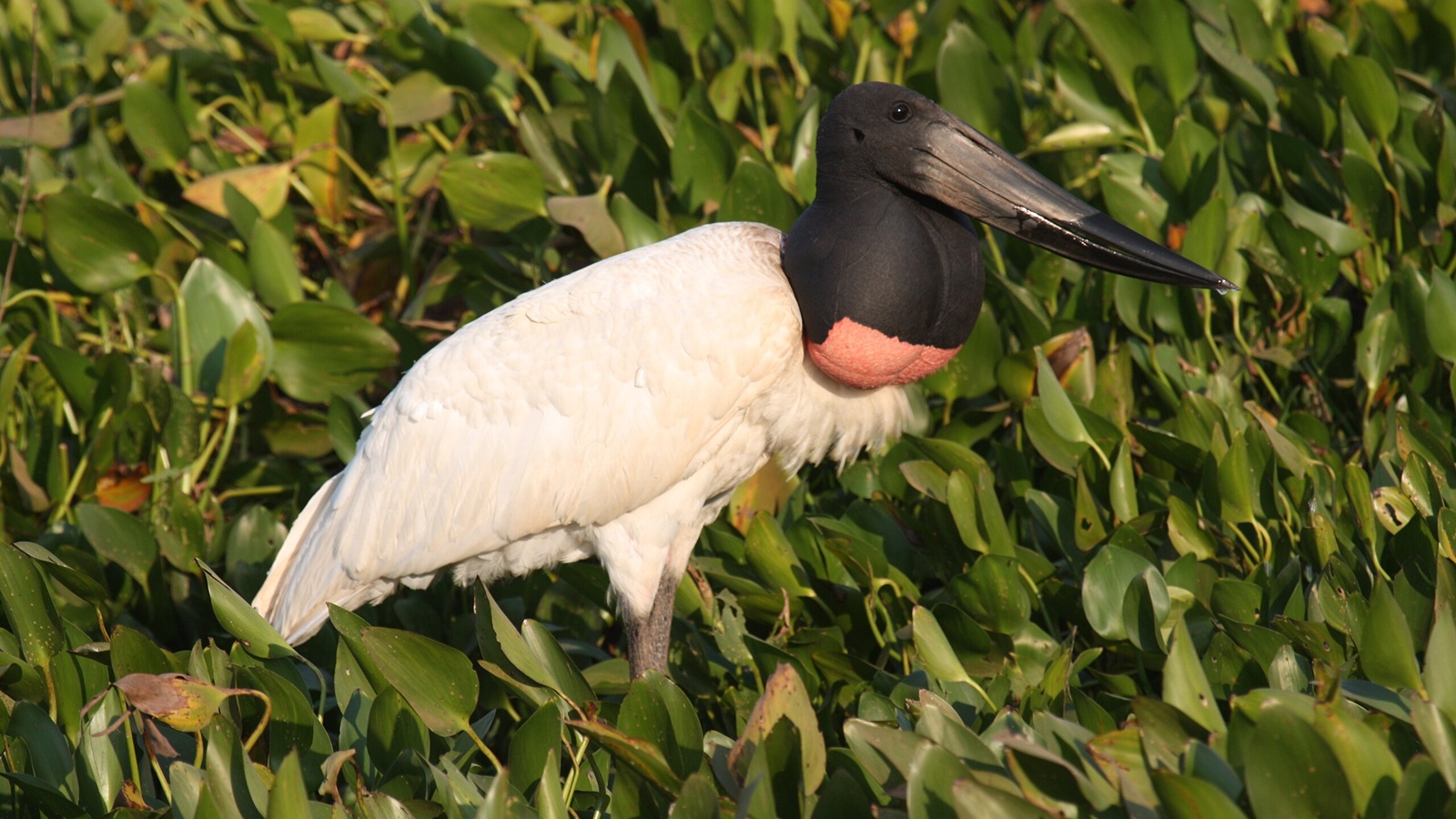📣 For more lifestyle news, click here to join our WhatsApp Channel and also follow us on Instagram
5 weirdly unique animals and where can you see them
From creatures that look like mythological beings to insects with capabilities that defy understanding, these animals challenge our perception of the natural order.
 A creature straight out of myths, vampire bats feed exclusively on blood (Source: Wikimedia Commons)
A creature straight out of myths, vampire bats feed exclusively on blood (Source: Wikimedia Commons)Some of nature’s most fascinating creations lie hidden in remote corners of the world, veiled in mystery and evolutionary wonder. From creatures that look like mythological beings to insects with capabilities that defy understanding, these animals challenge our perception of the natural order.
Often found in habitats far removed from urban sprawl, they thrive in ecosystems shaped by millennia of adaptation. Their uniqueness not only inspires awe but also raises questions about the interconnectedness of life on Earth. These are not just creatures but ambassadors of biodiversity, inviting us to look beyond the ordinary into the extraordinary theatres of life.
The animal kingdom is filled with creatures challenging our understanding of nature’s creativity. Here’s a look at five unique animals from across the globe and where you can witness their fascinating existence.
1. Armadillo Girdled Lizard (South Africa)
Resembling a miniature dragon, the Armadillo Girdled Lizard is a native of South Africa’s Northern and Western Cape provinces. Their most distinctive behavior is their ability to roll into a tight ball when threatened, much like their namesake, the armadillo.
Unlike most reptiles, these lizards give birth to live young—a rare trait. Females may even feed their offspring, adding a mammalian touch to their reptilian lives. Spot them basking on rocky outcrops in their natural habitat or in select South African wildlife reserves.
2. Velvet Ants (South America)
Misleadingly named, velvet ants are actually a type of wasp. The wingless, hairy females look strikingly like ants and are notorious for their excruciatingly painful sting, earning them the nickname “cow killers.”
Their colourful appearance—ranging from bright red to black and white (panda-like)—is an evolutionary warning to predators. Found throughout South America, these fascinating insects are best observed from a safe distance in open fields or arid environments.
 Birding tours in regions like the Pantanal in Brazil or the rivers of Belize offer prime opportunities to encounter this towering avian wonder. (Source: Wikimedia Commons)
Birding tours in regions like the Pantanal in Brazil or the rivers of Belize offer prime opportunities to encounter this towering avian wonder. (Source: Wikimedia Commons)
3. Jabiru Stork (Central and South America)
Standing five feet tall with a 14-inch-long bill, the Jabiru Stork commands attention. Known for its territorial nature, it has a dark history of aggressive encounters, such as one infamous incident at the Belize Zoo, where a stork attacked visitors, prompting the addition of a roofed viewing platform.
These birds are native to Central and South America wetland areas and feed on fish, amphibians, and small mammals. Birding tours in regions like the Pantanal in Brazil or the rivers of Belize offer prime opportunities to encounter this towering avian wonder.
4. Vampire Bat (The Americas)
A creature straight out of myths, vampire bats feed exclusively on blood. With only three species worldwide, these bats are found in Central and South America. Using sound and infrared sensors, they locate prey, typically sleeping animals like capybaras, and make precise incisions to feed.
While their feeding habits may seem unsettling, vampire bats are essential in controlling animal populations. Observing these creatures is possible in their natural caves or wildlife tours across the Amazon.
5. Kinkajou (Yucatán to the Amazon)
Known as the “honey bear,” the kinkajou is unrelated to bears or primates but is one of the few tree-dwelling mammals with a prehensile tail. This tail allows them to move effortlessly through the rainforest canopy, where they primarily feast on fruit.
Kinkajous are nocturnal and can sometimes be spotted in rainforest resorts such as the Sweet Songs Jungle Lodge in Belize. Their playful nature and inquisitiveness make them a favourite sight for ecotourists exploring the Amazon Basin.
📣 For more lifestyle news, click here to join our WhatsApp Channel and also follow us on Instagram
- 01
- 02
- 03
- 04
- 05



























